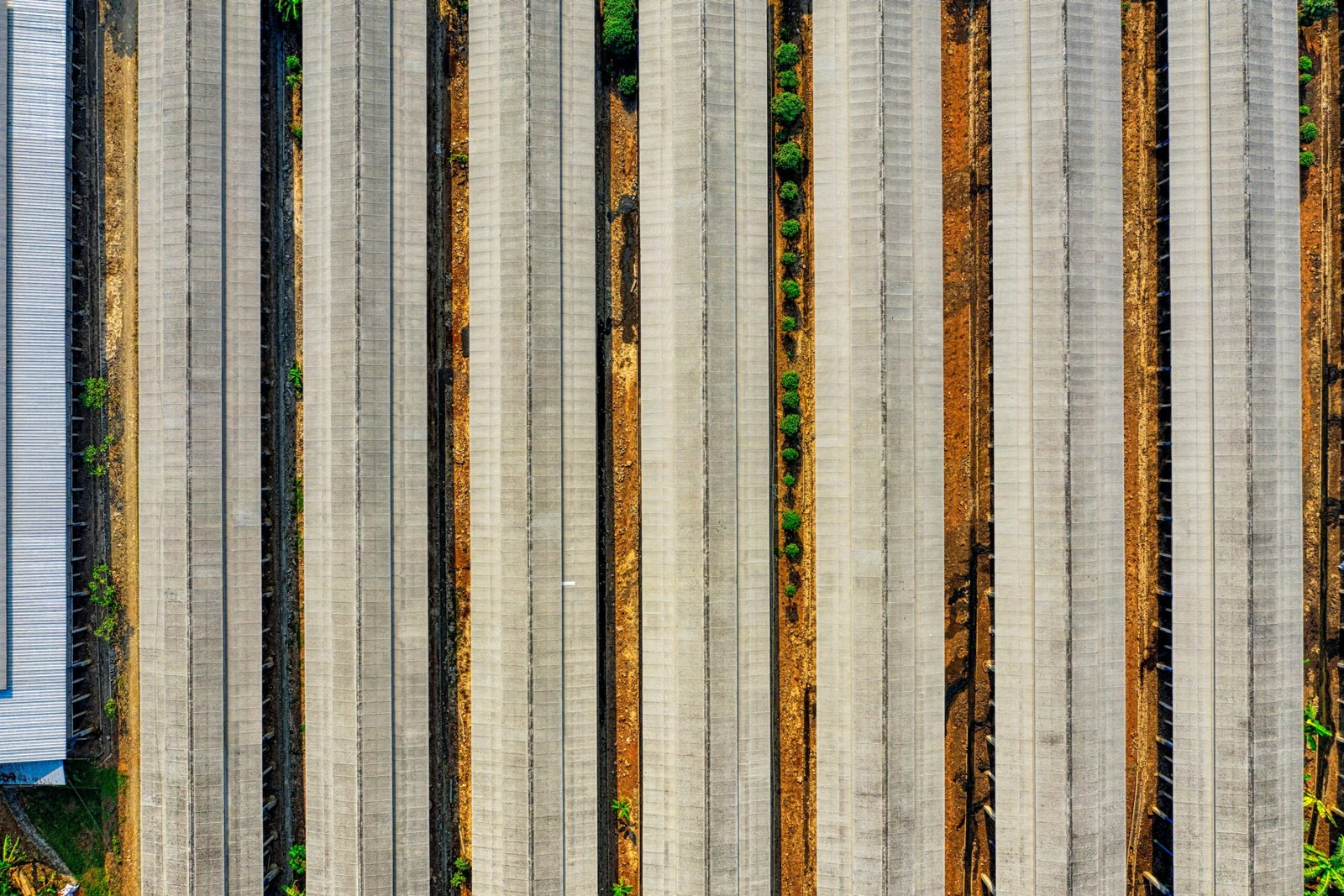Common Materials Used for Commercial Roofs

Commercial roofing systems are built to withstand various environmental conditions, protect large buildings, and cater to specific structural needs. The choice of material significantly affects durability, maintenance, and energy efficiency. In this blog, we’ll explore the most common commercial roofing materials, their benefits, and why they are used in different industries.
What Material Are Commercial Roofs Made Of?
Commercial roofs are commonly made of TPO (Thermoplastic Polyolefin), EPDM (Ethylene Propylene Diene Monomer), PVC (Polyvinyl Chloride), metal, built-up roofing (BUR), and modified bitumen. These materials are specifically chosen for their durability, energy efficiency, and ability to suit flat or low-slope roof designs.
1. TPO (Thermoplastic Polyolefin)
TPO is one of the most widely used materials in commercial roofing today.
- Energy Efficiency: Reflects sunlight, helping reduce cooling costs in warmer climates like Florida.
- Affordability: Offers a budget-friendly option with long-term savings.
- Weather Resistance: Stands up to UV rays, punctures, and chemical exposure.
TPO is a favorite for environmentally conscious building owners aiming to lower energy consumption.
2. EPDM (Ethylene Propylene Diene Monomer)
Known as “rubber roofing,” EPDM is a versatile and cost-effective material.
- Longevity: Can last up to 30 years with minimal maintenance.
- Weatherproofing: Highly resistant to extreme weather conditions.
- Flexible Installation: Compatible with adhered, ballasted, or mechanically fastened systems.
EPDM is an excellent choice for warehouses and industrial facilities requiring durable, flat roofs.
3. PVC (Polyvinyl Chloride)
PVC roofing is a premium choice for commercial properties requiring high durability and chemical resistance.
- Fire Resistance: Non-combustible, adding an extra layer of safety.
- Energy Savings: Reflective properties reduce heat absorption.
- Chemical Durability: Ideal for facilities exposed to grease or harsh chemicals.
PVC roofing is often used in restaurants, factories, and healthcare buildings for its performance and longevity.
4. Metal Roofing
Metal roofs are known for their long-lasting durability and modern aesthetic appeal.
- Lifespan: Can last between 40 to 70 years with proper maintenance.
- Strength: Withstands high winds, fire, and heavy impacts.
- Energy Efficiency: Reflective surfaces help regulate building temperatures.
Metal roofs are common in schools, retail spaces, and industrial facilities that require a low-maintenance solution.
5. Built-Up Roofing (BUR)
BUR systems combine layers of asphalt, tar, and gravel for durability and protection.
- Tried-and-Tested: Over a century of reliability for flat roofs.
- Weather Resistance: Handles UV exposure and extreme temperatures well.
- Cost-Effective: Suitable for budget-conscious property owners.
BUR is best suited for small to medium-sized commercial properties requiring durable, flat roofing systems.
6. Modified Bitumen
A modern take on asphalt roofing, modified bitumen is reinforced for improved durability.
- Flexibility: Expands and contracts with temperature changes without cracking.
- Waterproofing: Provides excellent protection against leaks.
- Easy Application: Installed via torching or cold adhesives.
Modified bitumen works well for retail buildings, office spaces, and multi-use facilities.
Key Factors to Consider When Choosing Commercial Roofing Materials
1. Roof Design
Flat and low-slope roofs dominate commercial properties, requiring materials like TPO, PVC, or EPDM to provide proper drainage and prevent water pooling.
2. Climate and Weather Conditions
In regions like Florida, where heat, humidity, and storms are prevalent, reflective materials like TPO or metal roofing offer durability and energy savings.
3. Budget
While materials like TPO and EPDM are cost-effective upfront, metal and PVC may have higher initial costs but offer better longevity and performance.
4. Energy Efficiency
Reflective materials such as TPO and PVC contribute to significant energy savings by lowering cooling costs in warm climates.
5. Maintenance Needs
Some materials, like BUR, require regular inspections, while options like metal roofing and EPDM are relatively low maintenance.
What’s New in Commercial Roofing?
With advancements in technology and sustainability, commercial roofing materials are now designed to be more environmentally friendly and efficient:
- Cool Roof Technology: Reflective coatings on materials like TPO and PVC reduce heat absorption, helping properties comply with energy codes.
- Recyclable Roofing: Many modern materials, including TPO and metal, are recyclable, making them ideal for eco-conscious building owners.
- Enhanced Durability: Manufacturers are producing stronger, lighter roofing materials with extended warranties for added peace of mind.
Why Professional Installation Matters
While some materials, such as EPDM, may seem easy to install, professional installation ensures proper sealing and alignment, maximizing the lifespan of your roof. Hiring certified contractors also helps in meeting local building codes and securing warranties.
Conclusion
Commercial roofs are made from a variety of materials, including TPO, EPDM, PVC, metal, BUR, and modified bitumen, each tailored to specific needs like durability, energy efficiency, and climate resilience. Choosing the right material depends on factors like budget, building design, and local weather conditions. For optimal results, consulting with an experienced roofing contractor is essential.
If you’re considering a commercial roofing project or need guidance on material selection, contact a trusted commercial roofing expert today to get started.


